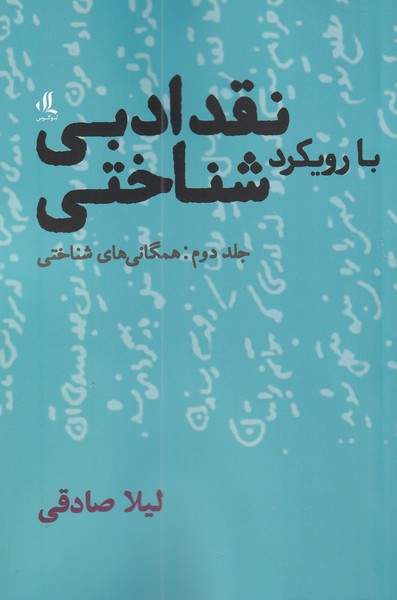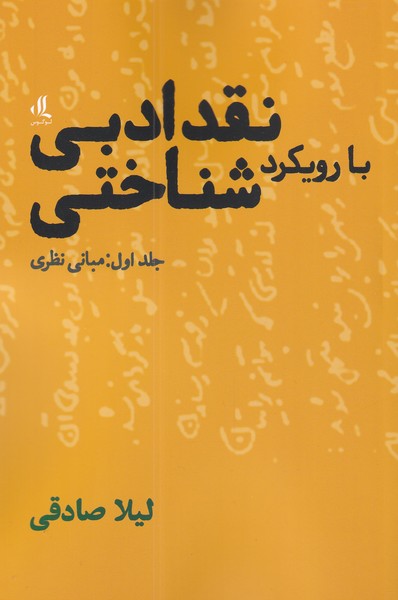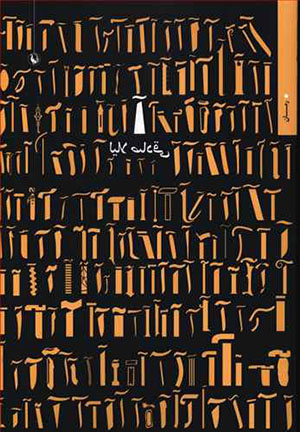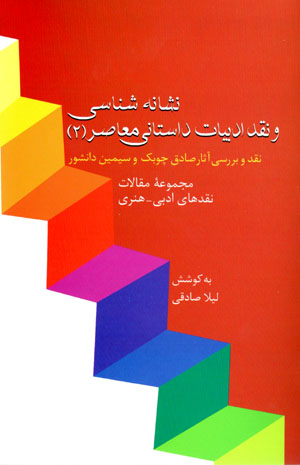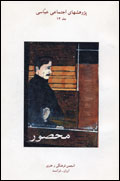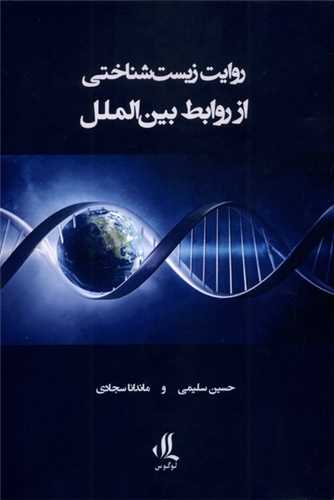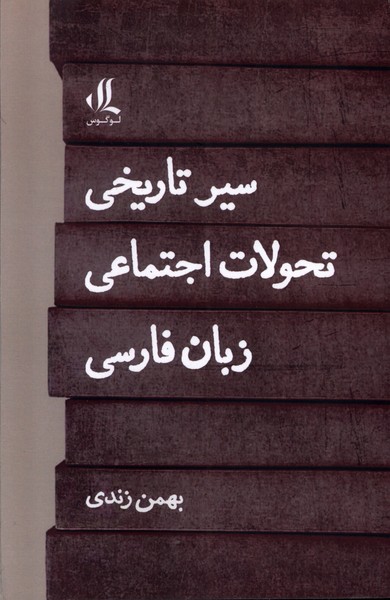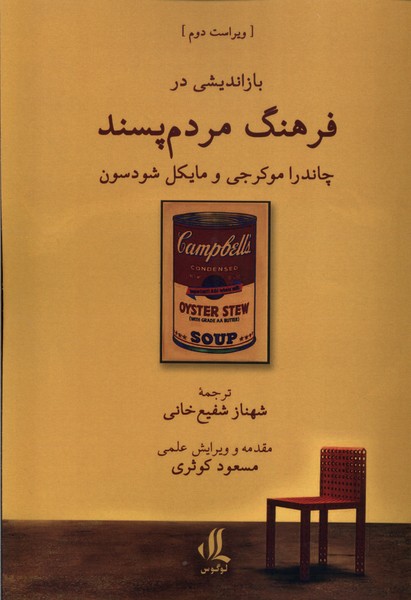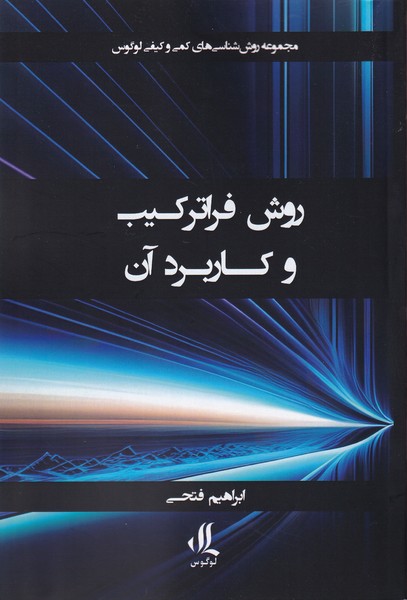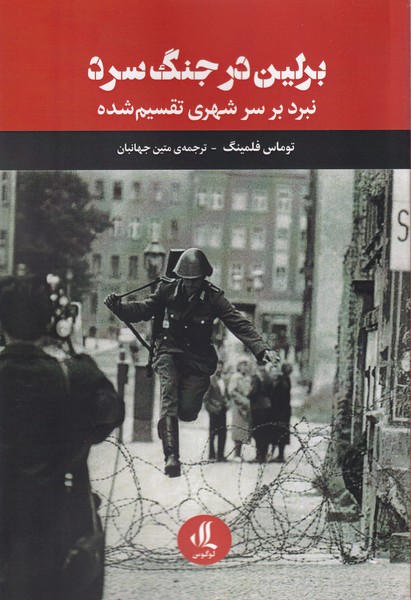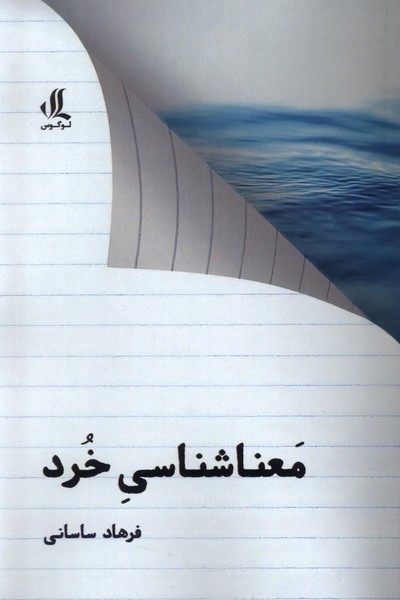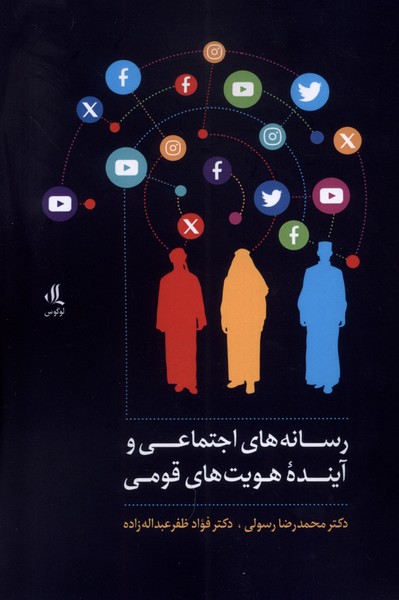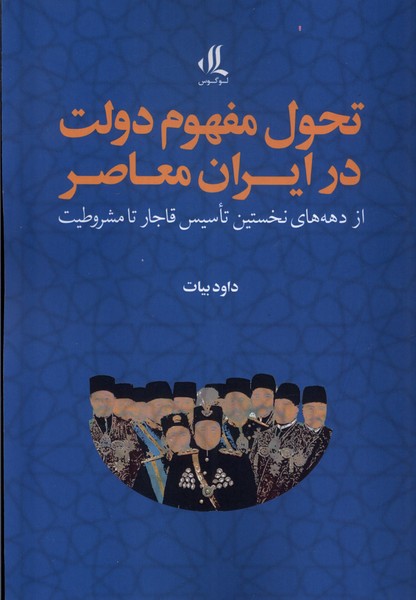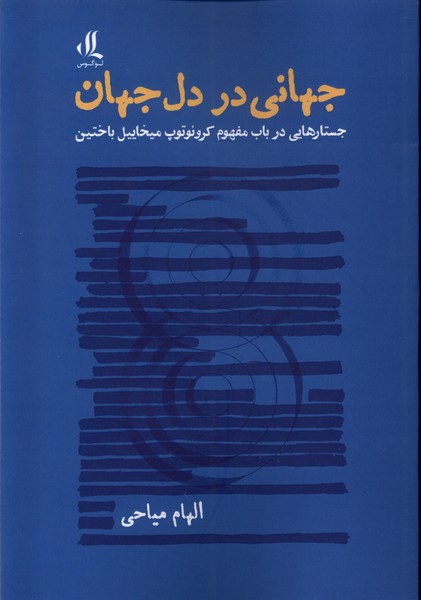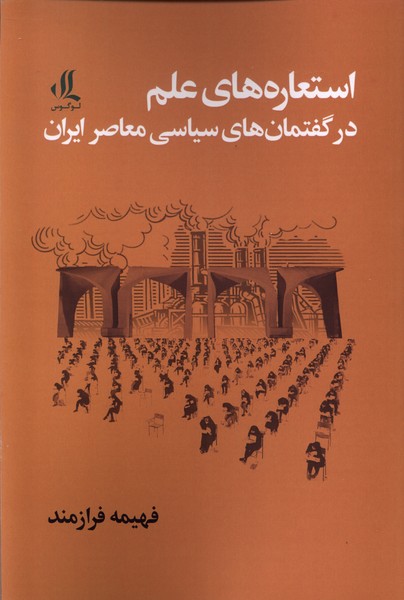naqd-ī adabī bā ruykard-i shinākhtī (jild-i sevvum: usūl-i daryāft): Persian 1402
نقد ادبی با رویکرد شناختی (جلد دوم: همگانی شناخت)
16.82 £
Share
Wishlist
The book "Literary Criticism with a Cognitive Approach (2)" is written by "Lila Sadeghi" and published by "Logos" Publishing House. This book is an important compilation in the field of literary criticism and related theories, which is written with a specific approach.
Reading and interpreting literary texts lead to a better understanding of the text, and through interpretation, a person finds the possibility of facing the complexities of life within the text. This interpretation leads to the audience's self-awareness and breadth of vision; As a result, it shows the inseparable link between literature and man. In fact, the interpretation of literature is considered a social action that increases the knowledge, concentration, experience, and knowledge of the audience. As a result, literary criticism can be introduced as a field of knowledge through which criteria are measured in the literary work that is related to human nature.
In this volume, an attempt has been made to provide tools for literary criticism based on different factors that affect the limitation of human conceptualization, and through them to examine various literary works such as the poems of Forough Farrokhzad, Ahmad Shamlou, Yadullah Royai, Reza Brahni, Sadeq Hedayat, Nima Yoshij, Simin Daneshvar, Bijan Najdi, Ibrahim Golestan and many other texts should be discussed. These cognitive tools, which are rooted in the structure of the human brain and its interaction with the environment, can also be used in literary criticism and provide a criticism centered on human life, analyzing and evaluating the text in different fields, including examining the world of the text and the mental space of the characters. Iconography or non-iconography between form and meaning, the distinction of poetic flows based on schemata, the difference between intertextuality and plagiarism, etc. In fact, these factors themselves lead to the formation of basic and universal concepts in human language and are used as a tool in literary criticism, which includes: physicality, environment, experience, categorization, and reception. In the meantime, since the topic of principles of receiving needs more space than other topics, they will be discussed separately in the third volume.
more
کتاب "نقد ادبی با رویکرد شناختی (2)" نوشته "لیلا صادقی" است که توسط نشر "لوگوس" منتشر شده است. این کتاب تالیفی مهم در حوزه نقد ادبی و تئوری های مربوط به آن است که با رویکردی مشخص مدون شده است.
خوانش و تفسیر متون ادبی به درک بهتر متن منجر میشوند و انسان از خلال تفسیر امکان مواجهه با پیچیدگیهای زندگی را درون متن پیدا میکند. این تفسیر به خودآگاهی و وسعت دید مخاطب میانجامد؛ درنتیجه، پیوند لاینفک ادبیات و انسان را نمایان میکند. درواقع، تفسیر ادبیات یک کنش اجتماعی قلمداد میشود که باعث میشود دانش، تمرکز، تجربه و شناخت مخاطب گسترش پیدا کند. درنتیجه، نقد ادبی را میتوان قلمرویی از دانش معرفی کرد که بهواسطهی آن معیارهایی در اثر ادبی مورد سنجش قرار میگیرند که با سرشت انسان در ارتباط هستند.
در این جلد تلاش شده است براساس عوامل متفاوتی که بر محدود کردن مفهومسازی انسان تأثیر میگذارند، ابزارهایی برای نقد ادبی ارائه شود و از خلال آنها به بررسی آثار ادبی مختلفی چون اشعار فروغ فرخزاد، احمد شاملو، یدالله رویایی، رضا براهنی، صادق هدایت، نیما یوشیج، سیمین دانشور، بیژن نجدی، ابراهیم گلستان و بسیاری از دیگر متون پرداخته شود. این ابزارهای شناختی که ریشه در ساختار مغز انسان و تعامل او با محیط دارند، در نقد ادبی نیز میتوانند استفاده شوند و نقدی با محوریت زیست انسان ارائه داده، به تحلیل و ارزیابی متن در حوزههای متفاوت از جمله بررسی جهان متن و فضای ذهنی شخصیتها، شمایلگونگی یا ناشمایلگونگی میان صورت و معنا، تمایز جریانهای شعری براساس طرحوارهها، تفاوت بینامتنیت با سرقت ادبی و غیره بپردازند. درواقع، این عوامل خود منجر به شکلگیری مفاهیم ابتدایی و همگانی در زبان انسان میشوند و بهمثابه ابزاری در نقد ادبی استفاده میشوند که عبارتند از: بدنمندی، محیط، تجربه، مقولهبندی و دریافت. در این میان، از آنجایی که مبحث اصول دریافت به مجال بیشتری نسبت به دیگر مباحث نیاز دارد، به صورت مجزا در جلد سوم به آنها پرداخته خواهد شد.
more

